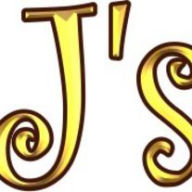CLOSEOUT - C.E. Smith Boatswain's Call w/Lanyard
Rated 3/5
based on 1 customer reviews
by Joitos.com,
Be the first one to review this product.

p strong Boatswains Call with Lanyard strong p p strong History of the Boatswains Call strong p p The Boatswains Call or whistle was once the only method other than the human voice of passing orders to men on board a ship Today more sophisticated communications systems exist but the Royal Navy always believers in tradition still use the Boatswains Call as a mark of respect to pipe the Captain or special visitors on board or for emphasizing important orders p p The boatswain was the officer in charge of rigging sails and sailing equipment He therefore needed to issue orders more often than other officers and so the whistle was named after him nbsp p p In the old days men were rigidly trained almost like sheepdogs to respond immediately to the piping of the Call At sea in moments of danger- particularly in storms - they could be counted on to hear the high-pitched tones of the Call and react without delay A shouted order may not have been heard above the sound of howling winds and lashing waves Instructions to hoist sails haul or let go of ropes were conveyed by different notes and pitches nbsp p p It is known that the galley slaves of Rome and Greece kept stroke to the sound of a flute or whistle similar to the Boatswains Call It was first used on English ships in the thirteenth century during the crusades and became known as The Call about 1670 when the Lord High Admiral of the Navy wore a gold whistle as a badge of rank This was known as the Whistle of Honour p p Each section of the Boatswains Call has a nautical name The ball is the buoy the mouthpiece is the gun the ring is called the shackle and the leaf is called the keel p --- cis2 mmxtmJVt --- br
No Reviews Yet


